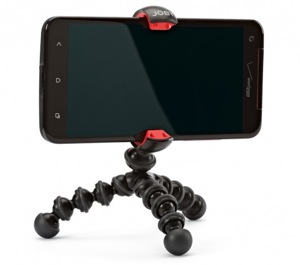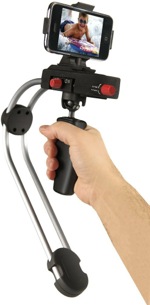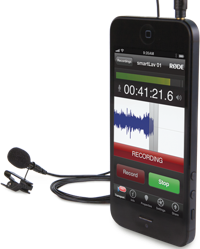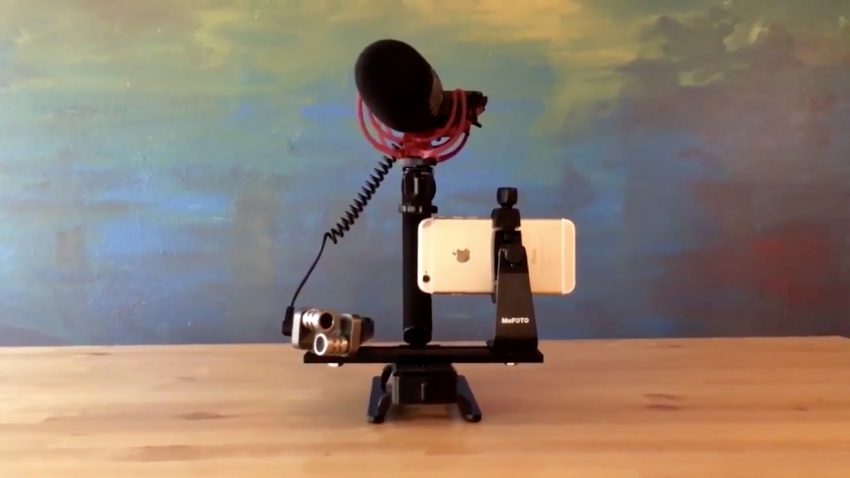Video editing has a reputation for being time-consuming and very technically involved. However, the days of needing a hefty desktop computer and massive monitor are long behind us.
That equipment is still justified in many situations. However, video editing apps and more powerful phones are making it easier and faster to produce fantastic video in the palm of your hand with a device you already own. Read on for the essentials you need to make professional-looking video with your phone.
Correct the Aspect Ratio
We all know to film video with your phone sideways, right? Vertical video is only appropriate for platforms that are optimized specifically for it, like Snapchat.
To produce HD video without letterboxing, you have to film with your phone held horizontally. This allows you to create HD videos appropriate for wide screens.
If you still occasionally catch yourself shooting mobile video vertically, an app called Horizon will correct that problem for you. It automatically reorients your video, and crops it into the proper aspect ratio as you film.
Another option is to fix this in the editing process. By creating a secondary video track, and enlarging your footage, you can create an appealing widescreen video from vertical footage.
No More Shakiness
For less than $30, you can get a small, portable tripod for your smartphone. It is well-worth the expense if you are looking to improve video you are taking with your phone.
These little wonders are compact and lightweight enough to find a permanent home in your purse, briefcase, or backpack.

Even better, certain brands have detachable mounts, meaning you can use your smartphone with any tripod legs. This handy feature is one to look for, since it greatly expands your options for avoiding shaky video when filming mobile video.
Another way to reduce shakiness is to get a monopod or similar hand-held device. These devices are simpler than tripods, but still help counteract the natural movements of your hands that can ruin an otherwise decent shot.

These range from simple devices with extendable poles to get shots from different angles and heights, to relatively expensive hand-held devices like the Steadicam Smoothee.
Steadicams hold your phone completely steady no matter if you are moving around or even going up and down stairs. If you are a real estate agent filming a walk-through of a property on a phone, for instance, this device is an absolute must. With a little practice it can even replace much bulkier full-size tripods in numerous situations.
Capture Better Audio
Although cameras have gotten exceptionally good on recent models of iPhones and Androids, microphone lag far behind.
The built-in microphone on your phone will capture a lot of background noise due to its pickup range. It’s also usually far from the subject being filmed. And, orienting both the camera and the microphone towards the subject isn’t possible due to their locations on the device.
Bulky or heavy microphones are not optimized for use with a phone, so a few manufacturers have started catering to this growing market. There are accessories on the market that can dramatically improve the audio being captured, even if the phone is far away.

To get the mic as close as possible to your subject, you can use a lavalier mic like this one from Rode. Affix it to your subject, then have them record the audio to their phone instead of the one used for filming. Then, get the file from them through AirDrop or email when you are ready to start editing.
As an alternative, using a separate recording device for the audio is the route you should take for the absolute best quality.
If you have to sync audio, start each take by clapping your hands. This will cause a spike in the audio levels that you can use to match your audio and video tracks.
Trim and Polish Video on the Go
To finalize your videos, you no longer have to wait until you’re back at a computer. There are a plethora of video editing apps out there, and several are really very powerful. Some of the most popular include Magisto, iMovie, VidTrim Pro, Splice, and SloPro (for slow motion videos).
These robust apps allow you to cut and trim clips, rearrange your shots, and add transitions, text, images, sound and visual effects, music, and voice-overs. The learning curve varies tremendously, and the right app for you will depend heavily on your video work-flow and your specific project.
The ability to add more than one audio track, which many of these apps allow, is especially handy. The microphone on your phone may not capture all the sounds you want to feature in your video. For instance, adding a music track can immediately make a video seem more professional.
Have you produced a great video on the go? We would love to see it! Tell us about your experience in the comments below, or on Facebook and Twitter!








